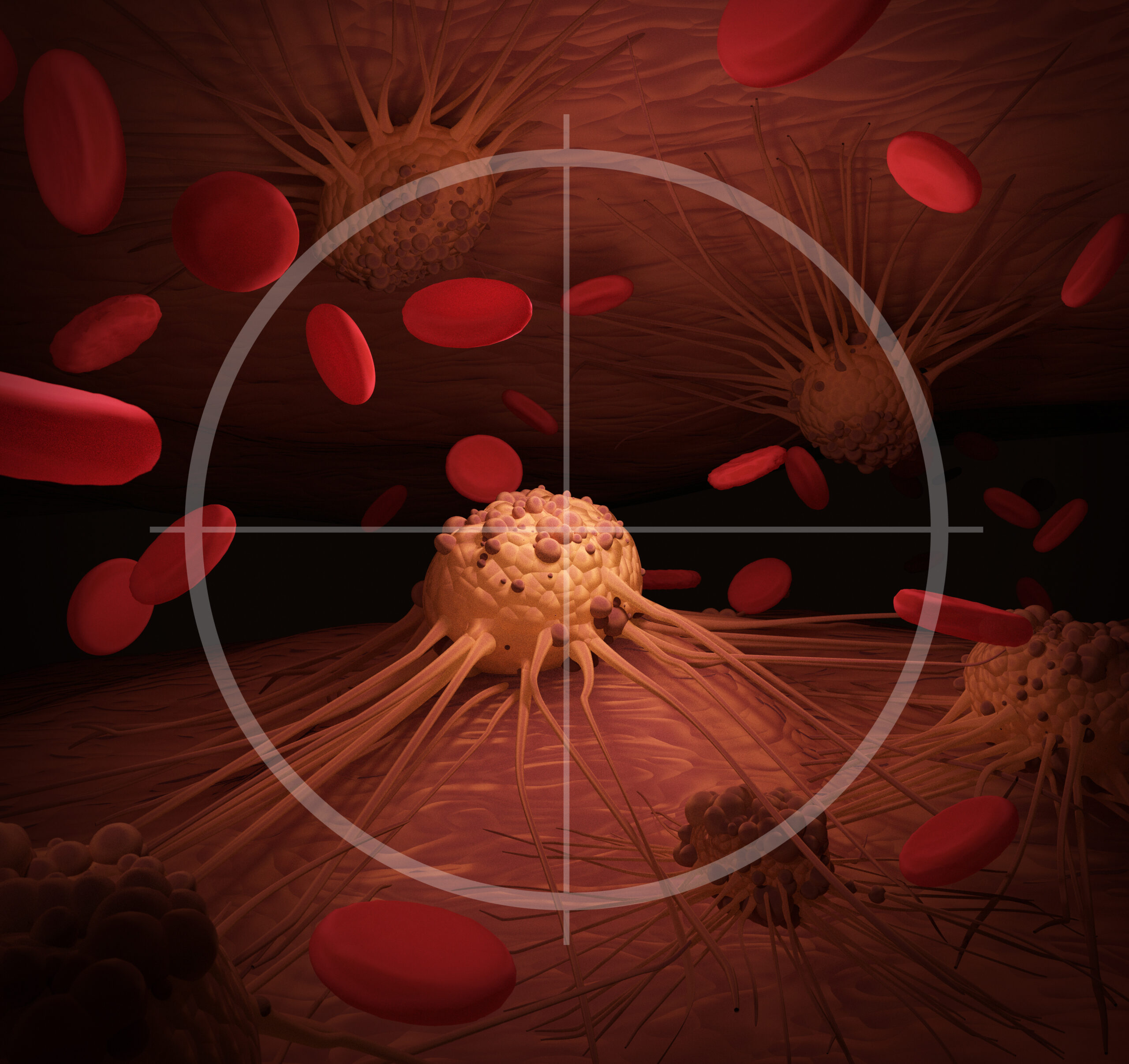Every year, nearly 2 million people in the United States are diagnosed with cancer and over 500,000 people die from the disease. Although world governments are putting a lot of effort and money into developing a cure for cancer, it can still be difficult to find effective treatments for patients.
Cancer cells in the body.
Image Source: koto_feja
Cancer in the body occurs when cells mutate and start growing faster than normal. When these cells are able to grow unchecked, they eventually form cancerous tumors. However, not all the cells in tumors are built the same way, and so they don’t respond to drugs in the same way. This variation is called tumor heterogeneity, which can make it difficult to find one singular treatment that is effective against cancer. Oftentimes, doctors treat cancer patients with a combination of drugs, known as chemotherapy, to try and combat this varied response. The problem is that chemotherapy can also kill healthy cells in your body, which causes side effects such as hair loss and nausea. Chemotherapy also has varied efficacy depending on the type of cancer being treated.
Researchers working on cancer drugs.
Image Source: Nicola Tree
Recently, scientists have begun looking into “self-assembling” drugs to try and combat the problems presented by traditional cancer therapies. Self-assembling drugs have a chemical reaction in your body that causes them to produce biologically active compounds specific to the environment they are in. In bodies with cancer, these self-assembling drugs are able to produce compounds that target and kill the cancer cells around them.
Researchers at the University of Huddersfield have recently designed a range of self-assembling drugs that produce biological compounds that are over a thousand times more toxic to cancer cells than to healthy cells. These drugs are formed when metals like zinc, copper, and manganese bind to molecules in your body and form metal complexes. Scientists can even control how strong these drugs are by adding in anions, which are negatively charged particles that bind to the metal complexes and change how they react with the body.
A cancer patient who has suffered hair loss from chemotherapy.
Image Source: FatCamera
These self-assembling drugs are particularly groundbreaking because they might be able to successfully target hard-to-reach cancer tumors that traditional chemotherapy drugs haven’t been able to. Since they target cancer cells more than healthy cells, they also would not have all the negative side effects typical of chemotherapy, such as hair loss and nausea. Future studies will look more into how these drugs can be used to treat cancers that do not currently have a known treatment. Although this discovery is promising, there is still a lot of research to be done before these drugs might be approved for testing and use in patients.
Featured Image Source: auntspray










